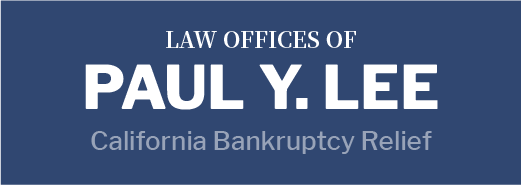Use this personal bankruptcy decision tree to help figure out which type of bankruptcy might be right for you.

1. Can you pay off your debts in the next three years?
YES—If you have a reliable source of income and can pay off all debts (except your mortgage) in three years or less while still maintaining a bearable standard of living, you probably don’t want to pursue bankruptcy right now. Go read up on budgeting tips!
NO—You should consider bankruptcy. Go on to the next question.
2. Do you make more than the median income for California?
YES—You are most likely not eligible for Chapter 7 bankruptcy (unless you can pass the Means Test), but you could certainly pursue Chapter 13 bankruptcy. Go to question 4.
NO—You have your choice of Chapter 7 or Chapter 13, but in most cases Chapter 7 is better. Go to question 3.
3. Do you have a lot of unsecured debt?
YES—Chapter 7 is extremely useful for eliminating almost all of your unsecured debt, or debts that are not backed by assets. Common examples include credit card bills, medical bills, pay day loans, back taxes more than 3 years old, and personal or business loans. The typical filer can eliminate these kinds of debts within a few months without liquidating all their assets.
NO—You can still use Chapter 7 bankruptcy to eliminate your secured debts such as a mortgage or a car loan. However, bear in mind that you will have to forfeit the asset in order to escape the debt.
4. Do you have a steady job?
YES—Chapter 13 bankruptcy is also known as a wage earner bankruptcy. It is designed to help individuals who are overwhelmed by interest and fees catch up on their bills. During a Chapter 13 bankruptcy, you will enter into a court-supervised repayment plan so that you make one monthly payment, which is then distributed to your creditors in order of priority. The repayment plan may last 3 to 5 years depending on your income level, and your debts will not incur any additional interest, fees, or penalties during this time. At the end of the plan, unsecured debts should be completely wiped out and many secured debts may be discharged too.
NO—If it would be difficult for you to keep up with the payments in a Chapter 13 bankruptcy plan, you should think very carefully before pursuing Chapter 13. Missing payments could result in your bankruptcy getting dismissed without discharge of your debts.
5. Have you called an attorney?
Whether you’ve already sought legal advice or not, you cancontact California Bankruptcy Relief for a free bankruptcy evaluation now.

